8 Things That Don’t Belong in a Fridge Door (But You’re Storing There Anyway)
It’s easy to treat the fridge door like bonus storage space, especially for quick-grab items. But that spot is the warmest part of the entire refrigerator—and it doesn’t offer consistent temperatures. Every time the door swings open, those items get hit with a blast of warm air.
Over time, that can mess with the quality, shelf life, and even the safety of what you’re storing there. If something really matters—like eggs, insulin, or raw meat—it needs a better home.
Eggs
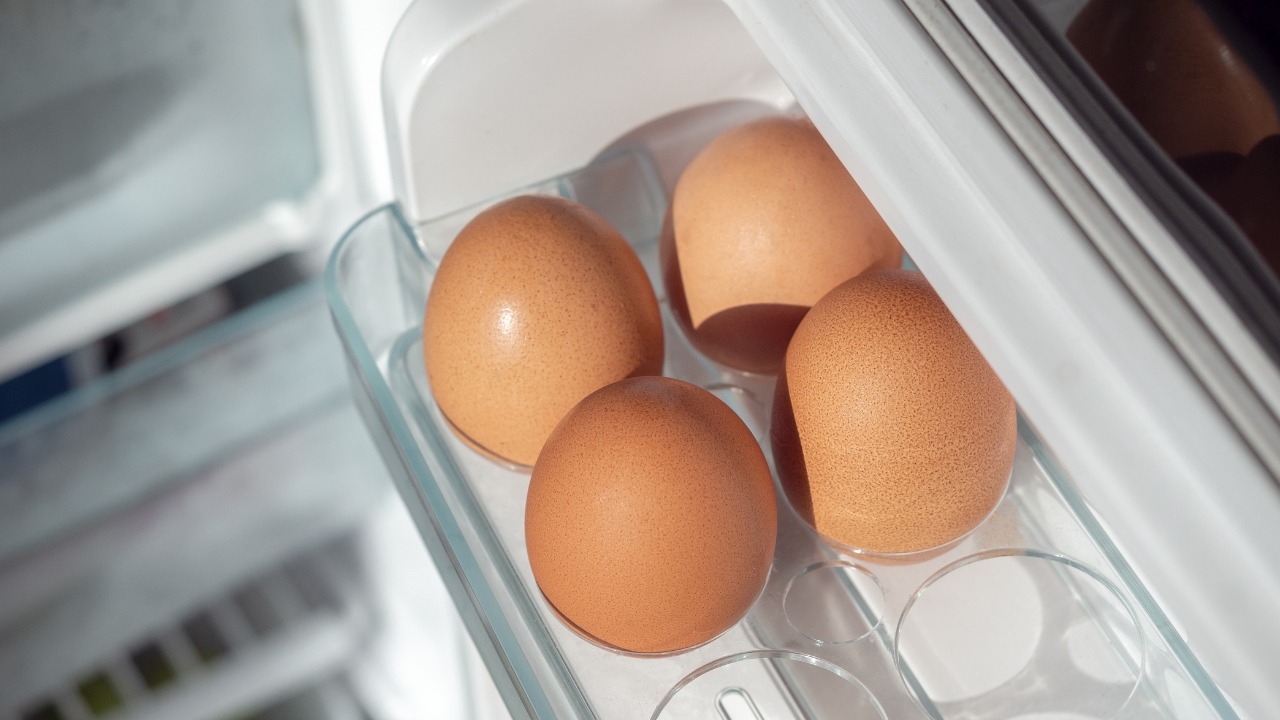
A lot of fridges come with built-in egg compartments in the door, which makes it feel like that’s where they’re supposed to go. But eggs need steady, cold temperatures, and the door doesn’t offer that.
Even small shifts in temperature can affect how long eggs stay fresh. You’re better off keeping them in the main part of the fridge, preferably in their original carton. That packaging protects them and keeps them from absorbing odors.
Milk
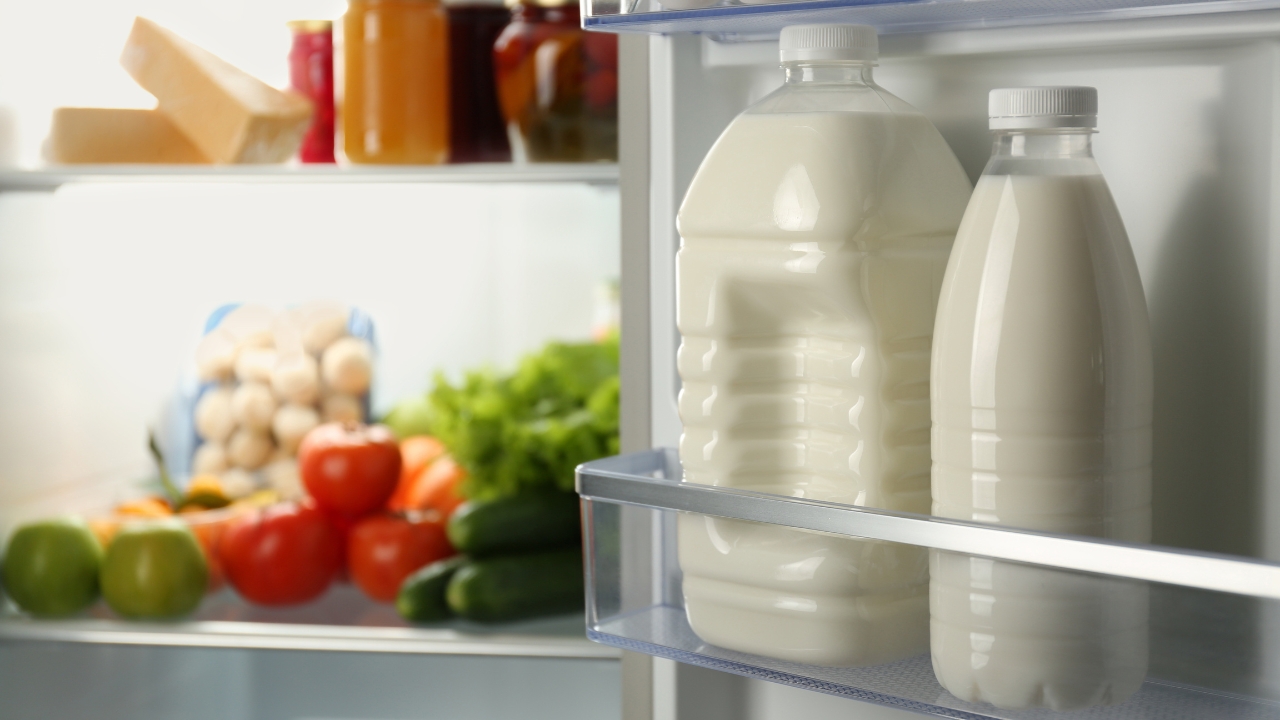
If you’re storing your milk in the door for convenience, you’re not alone—but it’s not doing you any favors. Milk is sensitive to temperature changes, and the door’s constant swings are hard on it.
The back of the bottom shelf is actually the coldest spot in most fridges. That’s where milk belongs if you want it to last longer and taste better. Otherwise, you might notice it going sour faster than it should.
Insulin or Medications
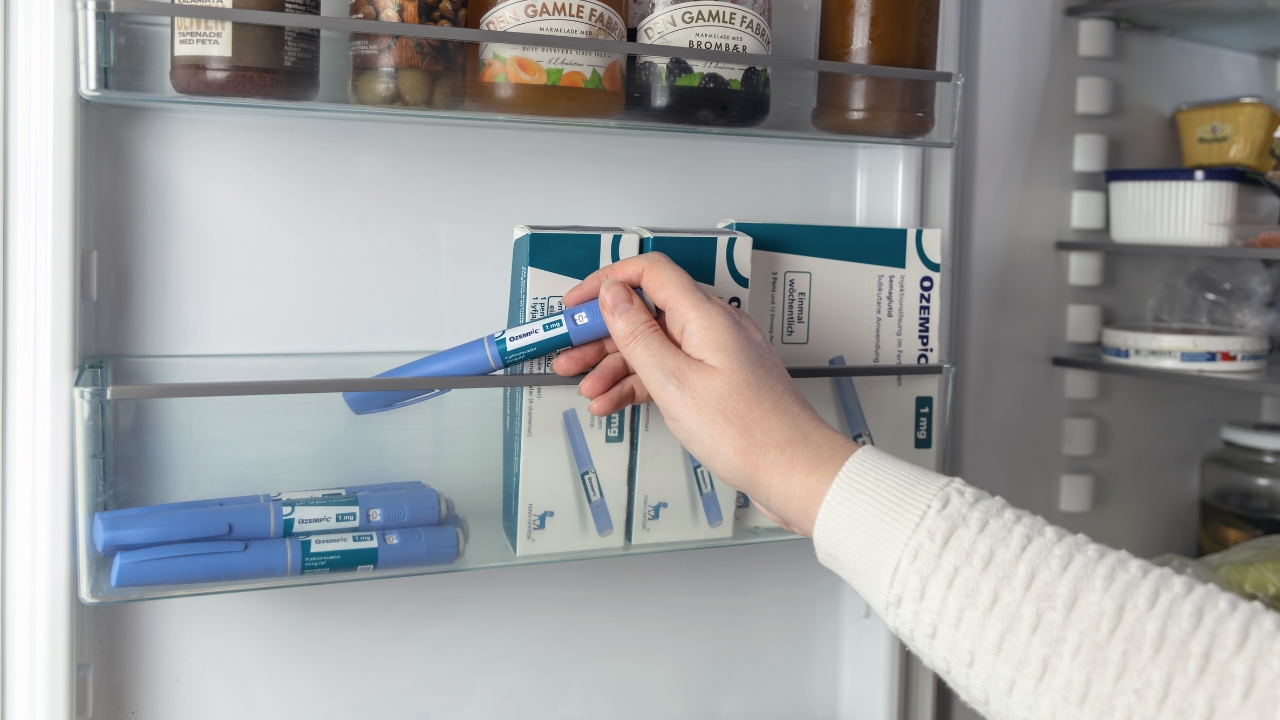
Any medications that require refrigeration should never be stored in the door. The temperature fluctuation can reduce their effectiveness and even make them unsafe.
That includes insulin, liquid antibiotics, and some eye drops. These items need cold, stable conditions. Use a container on a center shelf, away from vents and door swings, to keep them in the best possible shape.
Raw Meat
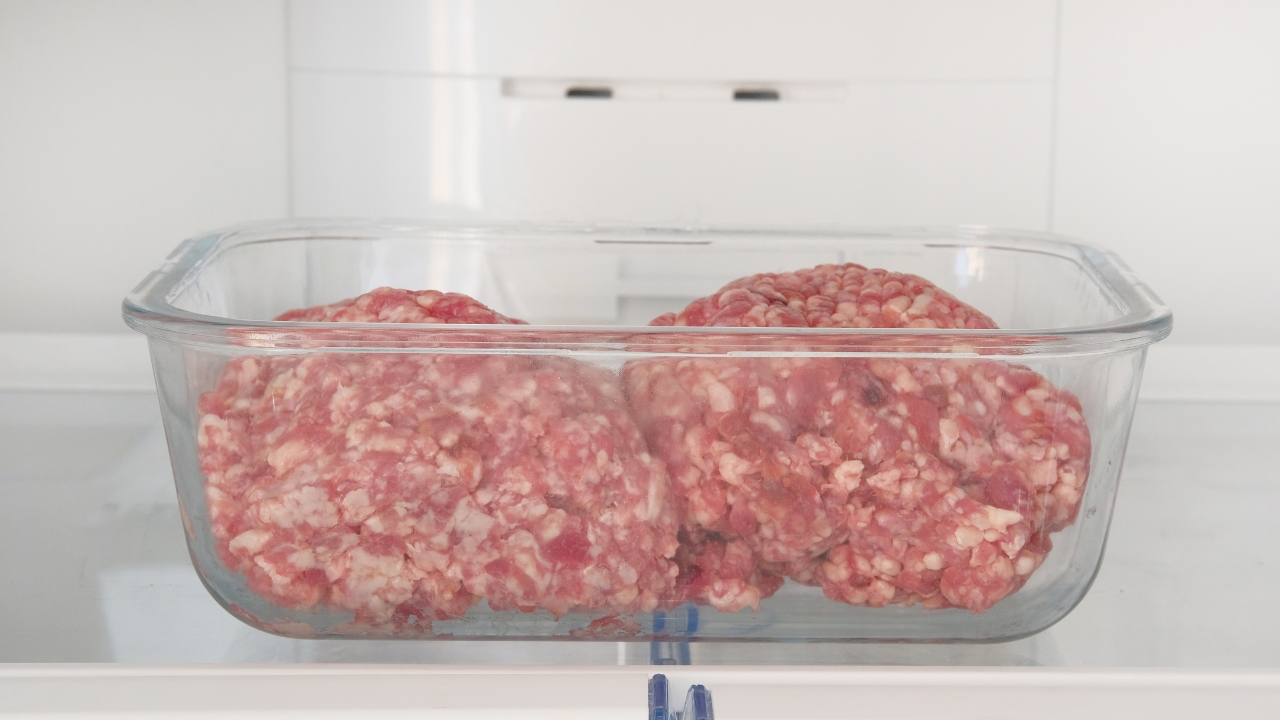
Even if it’s tightly sealed, raw meat should never be stored in the fridge door. The risk of bacteria growth goes way up with fluctuating temperatures.
Plus, leaks can happen, and you don’t want raw meat juices dripping into a space that’s packed with condiments and other items you use often. Keep all meat on a lower shelf, ideally in a meat drawer or in a tray to contain any mess.
Fresh Juice

Unpasteurized or freshly squeezed juice breaks down faster than the store-bought kind, and it’s especially sensitive to heat. That makes the fridge door a risky place to keep it.
If you want to keep juice fresh, stash it near the back of the fridge, where it stays consistently cold. That helps it hold onto its flavor and keeps bacteria at bay a little longer.
Soft Cheese

Cream cheese, goat cheese, and other soft varieties need colder temps than the door can provide. The door won’t keep them firm, and it can shorten their shelf life.
These cheeses are best stored in their original packaging or a sealed container on a center shelf. That keeps them cold without drying them out or letting them absorb fridge smells.
Nuts and Nut Oils
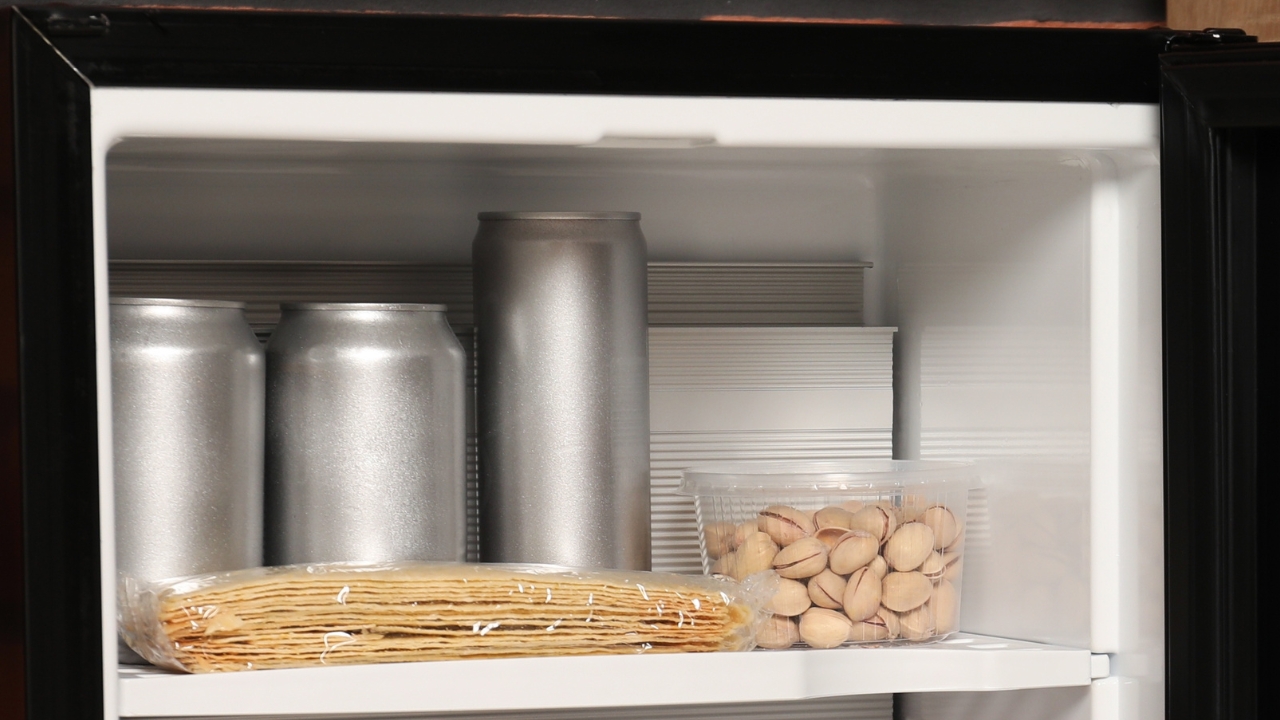
You might think the fridge door is fine for oils and nuts, but the inconsistent temps can turn them rancid faster. Nut oils especially need to be kept cold and stable.
If you refrigerate things like walnut oil or flaxseed oil, keep them near the back of the fridge. For nuts, an airtight container in a dark pantry might actually be better unless your kitchen runs warm.
Condiments with Fresh Ingredients

Some condiments—like fresh salsa, homemade dressings, or pesto—can’t handle the swings in temperature that come with fridge door storage. They may look fine, but bacteria can grow quickly.
These types of condiments should go on a shelf near the back, especially if they contain dairy, garlic, or fresh herbs. A little planning here can keep your food safer and tasting the way it’s supposed to.
*This article was developed with AI-powered tools and has been carefully reviewed by our editors.







